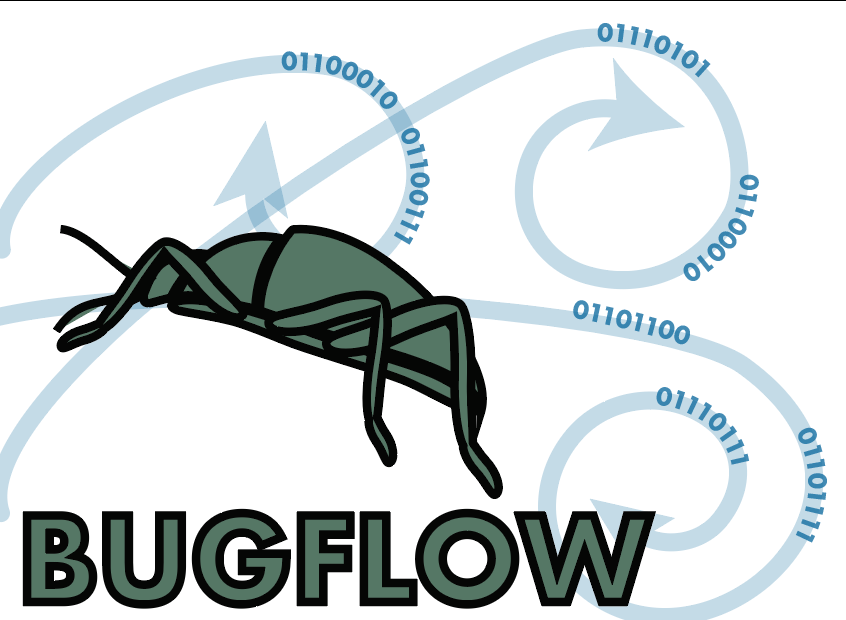Module 4C: Enveloped or “flat” Imaging
Module Purpose:
This module is for imaging flat-preserved specimens using flat photography or scanning methods that create a high-resolution, in-focus image of the entire specimen and labels, including enveloped or papered Lepidoptera or Odonata.
Module Keywords:
Imaging, 2D, photography, flat, butterfly, dragonfly, envelope, papered
| TaskID | Task Name | Explanations and Comments | Resources |
|---|---|---|---|
| T1 | Select and transport affected drawer(s) to proximity of imaging station. | Pick specimens to be digitized depending on project or priority, the workflow outlined for this module integrates steps for specimen imaging, whether for all specimens or exemplar specimens. | Institutional imaging policy. For further information on imaging guidelines and standards, see iDigBio. |
| T2 | Set aside damaged specimens for conservation workflow. | Re-route specimen to conservation workflow per conservation policy. Whether to image before conservation might depend upon the severity of the damage. Also see Module 2A | Institutional conservation policy. |
| T3 | If specimens are not catalogued, transcribed, or databased, decide on whether to do so before or after imaging. Regardless, imaged specimens should be associated with a unique identifier such as a catalog number. Add unique identifiers (if needed) and a label indicating that the specimen has been imaged. | Exemplar high resolution imaging can be done before or after typical databasing of specimen. Generally, digitization of specimens is a different workflow than imaging specimens in high resolution, and should be thought about separately, although associating images with specimens is much easier if they already at least have an database record created with an associated unique identifier. | Institutional guidelines for labels |
| T4 | Envelope and label assessment | Identify the kind of envelope where the specimen is placed (e.g., newspaper, non-archival paper, glassine, cellophane, etc.) and determine if it needs to be replaced for archive materials. Determine if labels are adequate for archival purposes; if not, determine replacement method, making sure to keep original labels. Decide wether to remove the specimen from the envelope for imaging (this will depend heavily on the specimen handling skills of the person digitizing). | Link to best practices for Odonata preservation; see MPM Papered Lepidoptera Protocol |
| T5 | Select digitization method | For flat imaging either scanning or photography can be used, depending on equipment availability. As the aim here is primarily to digitize the specimen itself, perhaps photography would be the most appropriate method. Define whether to take a single image or serial images to be stacked; this will depend on availability of stacking software. When detailed images of specimens are not the priority, scanning in bulk can be a more efficient approach. Decide on an image storage solution (in specimen level database, separate, etc …), considering availability of storage space and file size. | Institutional guidelines |
| T6 | Testing imaging setup | Make sure to test for lighting, especially when imaging without removing specimens from envelopes, as transparent (cellophane) envelopes can create undesired light strokes in the images. If these are unavoidable, just make sure that they are not obscuring the specimen or label data. | Imaging system manual or imaging standard procedure |
| T7 | Image capture | Make sure that the resolution of your scan or photograph allows you to see details of the specimen and that labels are readable. Make sure that all label information is also being photographed along with the corresponding specimen. In most cases a single shot of the specimen in lateral view may be enough; depending on the specific project, additional images may be required. Include a scale bar and color calibration marker in the area imaged. | Standard procedure for imaging |
| T8 | File naming | Rather than using the default machine-generated image numbers, define a standard for naming images, ideally including the catalog number or unique identifier of the specimen. Check if there is already a standard procedure for this at your collection. Skip if your image storage solution handles this for you (see T4). | Free software: IrfanView, Inselect. Script to relabel files from scannable code in image: Rename from QR. Institutional file-naming protocol |
| T9 | Replace non-archival envelopes as needed | Check best practices for the insect group of interest. Make sure to preserve original labels and include all additional labels (i.e. identifier, imaged tag) along with the specimen. | Best practices for enveloped specimen preservation |
| T10 | Move imaged specimens back into collection | ||
| T- |
Essential Training:
- Specimen handling
- Imaging system
Module Metrics, Costing, and Reporting:
- “Cost” (time) of specimen handling should be taken into account, especially if envelope replacement is needed (T3, T9)
- Number of specimens and labels imaged (photographed vs. scanned) per hour (T7)
- Number of specimens processed for envelope replacement (T9)
- Specimens should be able to be fully transcribed and databased from just the images of labels and specimens (T7)
Outreach Opportunities:
- Images of specimens (T7) can be used in social media.
- Transcription of label images (T7) can be done via crowdsourcing (e.g. Notes from Nature, Zooniverse).
Exemplar Workflows:
- Frost Entomological Museum (PSUC) standard operating procedure for Odonata envelope imaging
- Milwaukee Public Museum Papered Lepidoptera Protocol (MPM)
Discussion:
No discussion yet. Open an issue and reference this module to start discussion.
